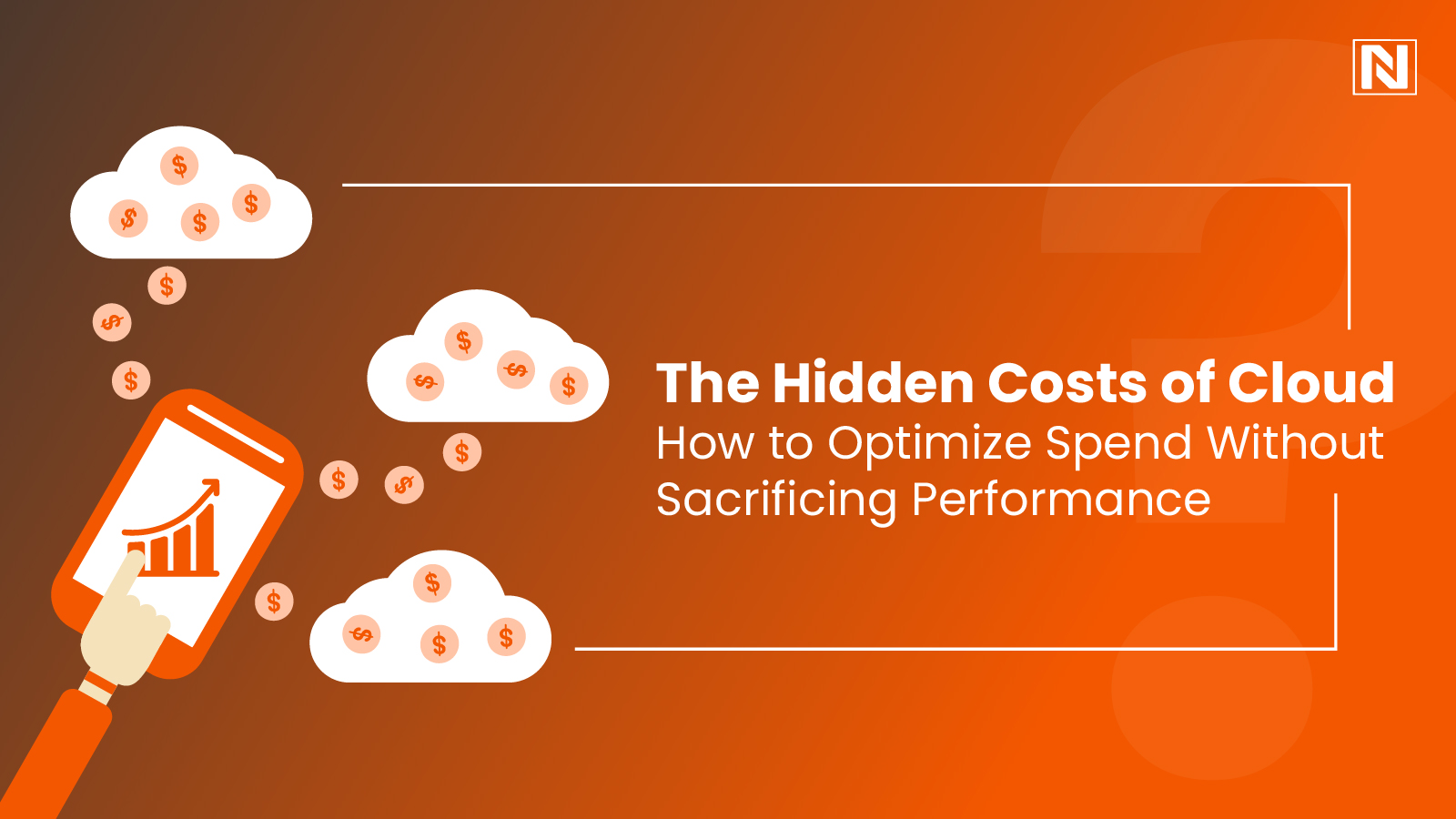
Did you know your cloud bill might be bleeding money without you even realizing it?
Many businesses embrace the cloud for its scalability, only to face unexpected costs that spiral out of control. But what if you could slash expenses without compromising performance? Cloud cost optimization isn’t just about cutting corners, it’s about working smarter. Discover the hidden pitfalls and proven strategies to maximize efficiency (and savings) in our latest guide.
Understanding the Hidden Costs of Cloud
Before optimizing cloud spend, it’s crucial to identify where costs are leaking. Here are some of the most overlooked expenses:

1. Idle or Overprovisioned Resources
Many businesses pay for cloud resources they don’t fully utilize. Instances left running 24/7, oversized virtual machines (VMs), and unattached storage volumes contribute to wasted spend.
2. Data Transfer and Egress Fees
Cloud providers charge for moving data out of their networks (egress fees). High-traffic applications, backups, and multi-cloud setups can lead to unexpected bills.
3. Unoptimized Storage
Not all data requires high-performance storage. Storing infrequently accessed data on premium tiers inflates costs unnecessarily.
4. Lack of Reserved Instances or Savings Plans
Pay-as-you-go pricing is convenient but expensive in the long run. Failing to commit to reserved instances or savings plans means missing out on discounts (up to 70% in some cases).
5. Shadow IT and Unmonitored Usage
Departments spinning up unauthorized cloud services lead to unaccounted expenses. Without governance, costs quickly balloon.
6. Inefficient Container and Serverless Usage
While serverless and containers reduce infrastructure management, poor configuration (e.g., excessive memory allocation or cold starts) can drive up costs.
DID YOU KNOW?
Effective implementation of FinOps enables organizations to achieve up to a 20 to 30 percent reduction in cloud costs.
How to Optimize Cloud Spend Without Sacrificing Performance
Reducing cloud costs doesn’t mean sacrificing speed or reliability. Here are effective ways to manage cloud expenses while maintaining optimal performance:
1. Rightsize Your Resources
- Use cloud monitoring tools (AWS Cost Explorer, Azure Cost Management, Google Cloud’s Recommender) to identify underutilized instances.
- Downsize overprovisioned VMs and switch to burstable instances where possible.
- Implement auto-scaling to dynamically adjust resources based on demand.
2. Leverage Reserved Instances and Savings Plans
- Analyze workload patterns and commit to reserved instances for predictable, long-term usage.
- Utilize AWS Savings Plans or Azure Reserved VM Instances for flexible discounts.
3. Optimize Data Transfer Costs
- Use Content Delivery Networks (CDNs) to cache data closer to users and reduce egress fees.
- Compress data before transfer and limit cross-region data movement.
- Negotiate custom pricing with providers for high-volume data transfers.
A MUST READ – Best Practices for Cloud Migration in 2025
4. Implement Intelligent Storage Tiering
- Move infrequently accessed data to lower-cost storage classes (AWS S3 Glacier, Azure Cool Blob).
- Automate lifecycle policies to transition data between tiers based on access patterns.
5. Enforce Cloud Governance and FinOps Practices
- Establish policies for provisioning and decommissioning resources.
- Implement tagging strategies to track costs by department, project, or environment.
- Adopt FinOps (Cloud Financial Management) to align IT, finance, and business teams on cost accountability.
6. Optimize Kubernetes and Serverless Workloads
- Right-size container resource requests and limits to avoid overallocation.
- Use spot instances for fault-tolerant workloads to reduce compute costs.
- Monitor serverless function durations and memory settings to minimize execution costs.
7. Monitor and Continuously Improve
- Deploy real-time cost monitoring and anomaly detection to catch unexpected spikes.
- Conduct regular cloud cost audits to identify new optimization opportunities.
Final Thoughts
Cloud cost management is an ongoing process, not a one-time fix. Decision-makers must prioritize visibility, automation, and cross-team collaboration to control expenses effectively.
By addressing hidden cloud costs proactively through rightsizing, reserved capacity, intelligent storage, and governance, businesses can achieve cloud cost optimization without compromising scalability or user experience.
The key takeaway? Optimizing cloud spend isn’t about spending less, it’s about spending smarter.
Ready to Optimize Your Cloud Spend?
If unchecked cloud costs are eating into your budget, start with a cost audit today. Leverage automation, FinOps principles, and provider discounts to maximize efficiency while maintaining peak performance.
Frequently Asked Questions
What are hidden cloud costs?
Hidden cloud costs refer to expenses that businesses may overlook, such as idle resources, data transfer fees, and unoptimized storage, leading to unexpected bills.
How can I reduce cloud costs without affecting performance?
You can optimize cloud spend by rightsizing resources, leveraging reserved instances or savings plans, optimizing data transfer, implementing intelligent storage tiering, and enforcing cloud governance practices.
Why is rightsizing resources important in cloud cost management?
Rightsizing helps businesses match their cloud resources to actual needs, avoiding overprovisioning and reducing unnecessary costs associated with idle or oversized instances.
What is FinOps, and how does it help in cloud financial management?
FinOps (Cloud Financial Management) aligns IT, finance, and business teams to manage cloud costs effectively, implementing strategies like budgeting, forecasting, and optimizing resource usage.
How often should I conduct a cloud cost audit?
It’s recommended to conduct regular cloud cost audits to identify new optimization opportunities and ensure ongoing efficiency in cloud spend management.